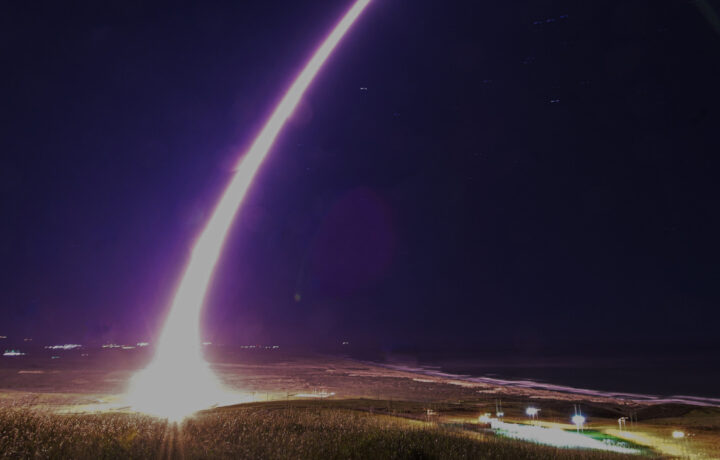Aerospace and defense giant Lockheed Martin was awarded close to $1 billion to build a reentry vehicle for the United States Air Forces Sentinel Intercontinental Ballistic Missile System, the United States Department of Defense (DoD) announced earlier this week.
The $996,215,214 contract will be used for engineering, manufacturing, and design work for the MK21A Reentry Vehicle (RV) program. Work on the RV – the part of the missile that carries its payload, a nuclear warhead – will be performed at Lockheed Martin’s facilities in King of Prussia, PA, and other various locations, and is expected to be completed by Oct. 20, 2039.
The DoD further noted it was a sole source acquisition, while the Air Force Nuclear Weapons Center, Hill Air Force Base (AFB), Utah, is the contracting activity.
The defense contractors also manufactured a reentry vehicle for the U.S. Air Force’s W87-1 nuclear warhead under a $108.3 million contract awarded in October 2019.
Replacing the Minutemen III
The LGM-35 Sentinel land-based intercontinental ballistic missile system (ICBM) system is now in development by Northrop Grumman (with multiple subcontractors, including Lockheed) to replace the Minuteman III missile system, the current ground-based ICBM.
The Sentinel ICBM represents the modernization of the land-based leg of the U.S. nuclear triad.
It will replace the 400 Minuteman III ICBMs that have been in service for more than 50 years in Air Force missile fields at F.E. Warren Air Force Base (AFB), Wyoming; Malmstrom AFB, Montana; and Minot AFB, North Dakota.
Additional Sentinel maintenance, training, storage, testing, and support actions will occur also at Hill AFB, Utah; Utah Test and Training Range, Utah; Camp Guernsey, Wyoming; and Camp Navajo, Arizona.
Cost Effective – The Same But Better
According to the U.S. Air Force Nuclear Weapons Center, which is working to replace the aging Minuteman III, the Sentinel weapon system is the most cost-effective option for maintaining a safe, secure, and effective land-based leg of the nuclear triad and would extend its capabilities through 2075 – and will be able to be upgraded as technology develops.
The Sentinel was designed to be easier to maintain, which should minimize the security forces footprint required during maintenance time, Air & Space Force magazine reported.
Moreover, all components of the Minutemen III missiles will be replaced with new components for the Sentinel. That will include the motors, interstage, propulsion system rocket engine, and missile guidance set. Yet, the number, size, configuration, and design of the nuclear warheads, which are provided by the Department of Energy, are expected to remain the same.
Existing launch facilities, missile alert facilities, communication systems, infrastructure, and technologies for the Minuteman III ICBM will also be modernized or replaced as necessary to support the new Sentinel weapon system
Part of the Pentagon’s Military Modernization
In August, the DoD announced it has begun instituting a forward-leaning, whole-of-department approach in accomplishing its top priority of maintaining the world’s foremost nuclear deterrence capability. This follows a 2022 Nuclear Posture Review that identified the modernization of the U.S. nuclear arsenal as a top priority in maintaining a strong nuclear deterrence.
That modernization effort, which will be carried out over the next two decades, includes initiatives to modernize all three legs of the nuclear triad.
Under the effort, the Sentinel ICBM will replace the Minutemen III, while the Columbia-class ballistic missile submarine (SSBN) will replace the Ohio class SSBNs currently in service, and the Northrop Grumman B-21 Raider will replace the Northrop B-2A Spirit bomber.
The Sentinel program is expected to become active later this decade, with a service life projected from 2029 to 2075.




